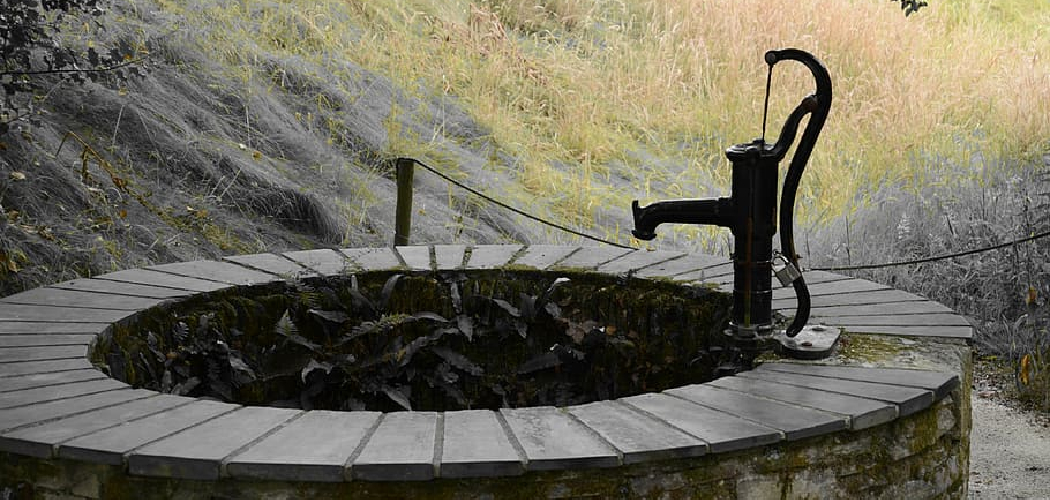If you rely on a well pump to provide your home with clean and fresh water, keeping it functioning at optimal levels is essential. A well pump works hard to draw water from the ground and deliver it to your home, meaning it can become clogged with debris and minerals over time.
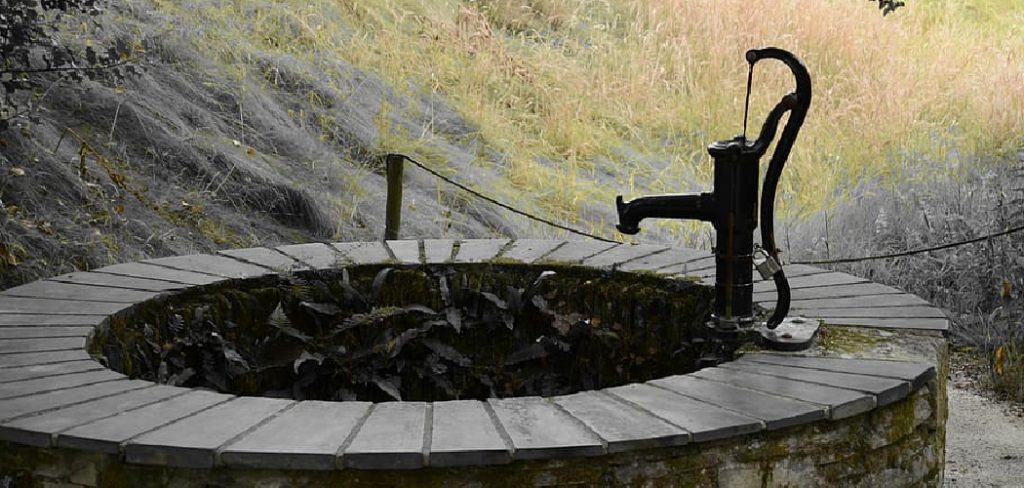
Not only can this reduce water quality, but it can also cause damage to the pump. Fortunately, maintaining and cleaning your well pump is a simple process that any homeowner can do. In this blog post, we’ll share some tips and tricks on how to clean a well pump and keep it running at its best.
Can You Clean a Well Pump?
Since well pumps are essential to accessing clean water, keeping them well-maintained is important. Cleaning your well pump is crucial to ensuring that it operates effectively and efficiently. However, cleaning a well pump can be challenging and requires a bit of technical know-how. If you’re not sure how to do it, it’s best to call in a professional.
But if you’re feeling adventurous and have some experience with plumbing, you should be able to do it yourself. Cleaning a well pump involves checking for sediment buildup, sand, dirt, and other debris that can clog the pump’s mechanical parts. It also involves ensuring that the pump is properly lubricated and that all of the electrical connections are secure. Keeping your well pump clean can extend its lifespan and ensure that your water supply remains safe and reliable.
Why Should You Clean a Well Pump?
Did you know that neglecting to clean your well pump can impact the quality of your water supply? Over time, debris and mineral deposits can build up on the pump’s components, leading to reduced efficiency, increased energy consumption, and even pump failure.
Furthermore, a dirty well pump can compromise the safety of your drinking water by introducing harmful bacteria or chemicals into it. Regular cleaning of your well pump can help prevent these issues and ensure your water supply remains safe, reliable, and consistent. Don’t wait until you notice a problem; schedule regular maintenance for your well pump today!
How to Clean a Well Pump: 7 Tips and Tricks
1. Turn Off the Power
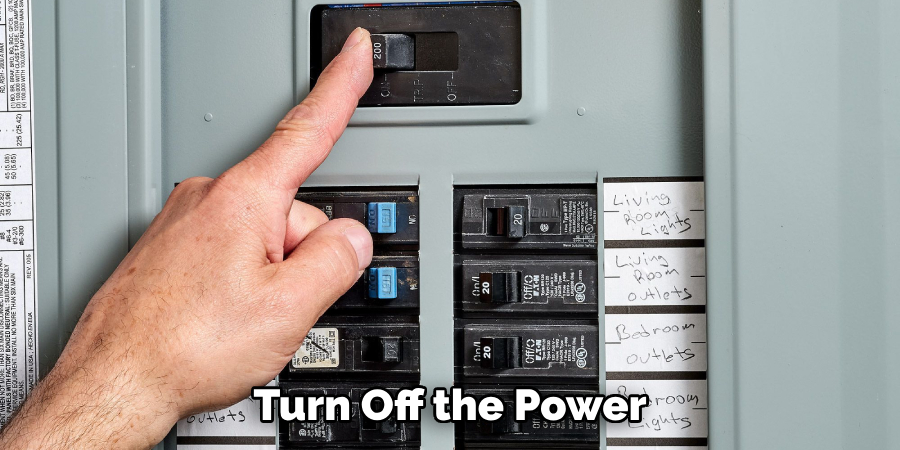
The first step is to turn off the power to the well pump. You can do this by switching off the breaker in your electrical box that controls the pump. Double-check that the power is completely off by testing the pump after you’ve turned off the breaker.
2. Remove the Pump
The next step is to remove the well pump from the well casing. You may need to remove the well cap to access the pump. Once the pump is out of the casing, inspect it visually to see if there is any visible debris or mineral buildup. Use a stiff-bristled brush to remove any visible buildup on the pump.
3. Flush the Well
After inspecting and brushing the pump, it’s time to flush the well to remove any remaining debris or minerals that may be present. You can do this by running water through the well to remove any blockages that might be present. If the water is particularly dirty or has an excess buildup of minerals, conside to help loosen and remove blockages.
4. Clean the Pressure Switch and Tank
While the well pump is out of the casing, cleaning the pressure switch and tank is also a good idea. Check the pressure switch for any visible debris or mineral buildup, and use a stiff-bristled brush to clean it. Similarly, check the pressure tank for any sediment or buildup and clean it out if necessary.
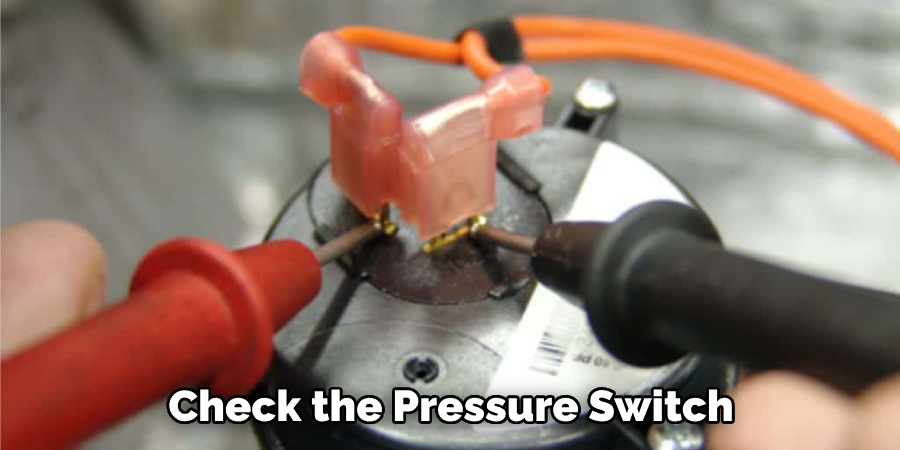
5. Reconnect the Pump
Once the pump, pressure switch, and tank are all clean, it’s time to reconnect the pump to the well casing. Re-install the pump into the well casing and reattach any necessary electrical or plumbing connections. Turn the breaker on to restore power to the pump and test it to ensure it functions optimally.
6. Consider a Professional Cleaning
If you are uncomfortable or unsure about cleaning your well pump, it is always best to consult a professional. Well pumps can be delicate, and improper cleaning could lead to damage or malfunction. A professional will have the necessary knowledge and experience to properly clean your well pump without causing any harm.
7. Regular Maintenance
To keep your well pump running smoothly, it’s important to perform regular maintenance. This includes checking the pressure tank and switch regularly for any buildup and addressing any issues promptly. It’s also a good idea to have a professional inspect and clean your well pump every few years to ensure it is in optimal condition.
Overall, keeping your well pump clean and properly maintained is essential for ensuring its longevity and functionality. Following these tips can keep your well pump running smoothly for years. Always turn off the power before cleaning or maintenance and seek professional help if needed. With proper care, your well pump will continue providing clean water for all your household needs. So, follow these steps and keep your well pump in top condition.
5 Considerations Things When You Need to Clean a Well Pump
1. Know the Type of Well Pump You Have
Before you attempt to clean your well pump, it’s important to know what type of pump you have. There are two main types of well pumps: submersible and jet pumps. Submersible pumps are located deep in the well and are typically easier to clean, while jet pumps are located above ground and may require more effort to access.
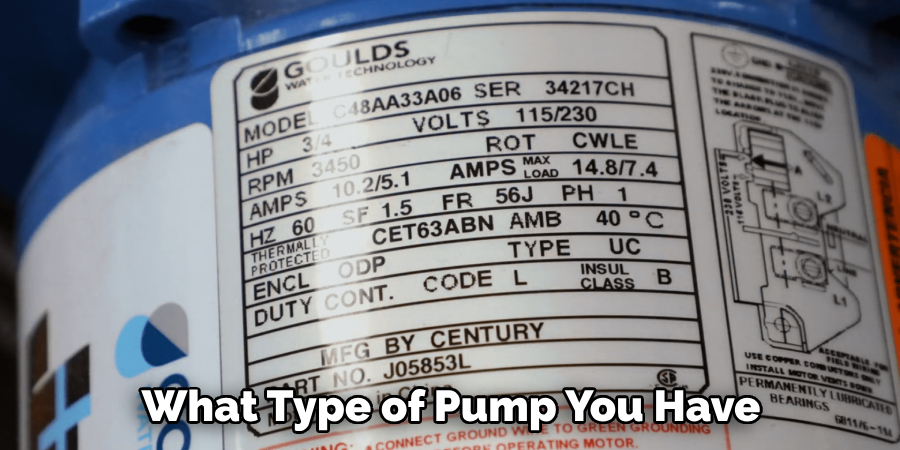
2. Check for Power Supply
Ensure your well pump has a reliable power supply before cleaning it. If the power is out or there is an issue with the electrical connection, do not attempt to clean the pump until the issue has been resolved. For safety reasons, turning off the power supply before cleaning the pump is important.
3. Gather Necessary Tools and Equipment
Cleaning a well pump may require some specialized tools and equipment, depending on your pump type. Some common tools that may be needed include pliers, wrenches, wire brushes, and a multimeter for testing electrical connections. It’s important to gather all necessary tools before beginning the cleaning process.
4. Remove Debris from Well Casing
If your well pump is located deep in the well, you may need to remove debris around the casing before cleaning it. This can include leaves, dirt, or other objects that may have fallen into the well over time. Use caution when removing debris and make sure to properly dispose of it.
5. Follow Manufacturer Instructions
Every well pump is different, so it’s important to follow any specific instructions the manufacturer provides for cleaning and maintenance. These instructions may include recommended cleaning solutions or techniques for disassembling and reassembling pump parts. Following these instructions can help ensure that your well pump is cleaned effectively without causing damage.
Benefits of Clean a Well Pump
Clean well pumps ensure the delivery of safe and clean water for household uses. A well-pump filtration system eliminates harmful contaminants such as dirt, sand, and other particles that may accumulate in your water supply. By cleaning your well pump, you are preventing unwanted pollutants from mixing with your water source.
This, in turn, improves the quality of water you consume, cook with, and use for other domestic purposes. Maintaining a clean well pump protects your household plumbing system from clogs and mineral build-up that can eventually cause costly repairs. Therefore, ensuring your well pump is clean offers great benefits, such as protecting your health and minimizing household costs.
Some Common Mistakes People Make When Trying to Clean a Well Pump
Cleaning a well pump may seem daunting, but it’s essential to maintaining a healthy and functioning well system. Unfortunately, many people make mistakes when cleaning their well pump that can lead to further issues instead of solving the problem.
One common mistake is using too much water pressure, which can damage pipes and cause leaks. Another mistake is not properly priming the pump, which can cause it to run dry and burn out. It’s important to take the time to research the proper techniques for cleaning your specific well pump to avoid making these common mistakes and ensure a successful cleaning process.
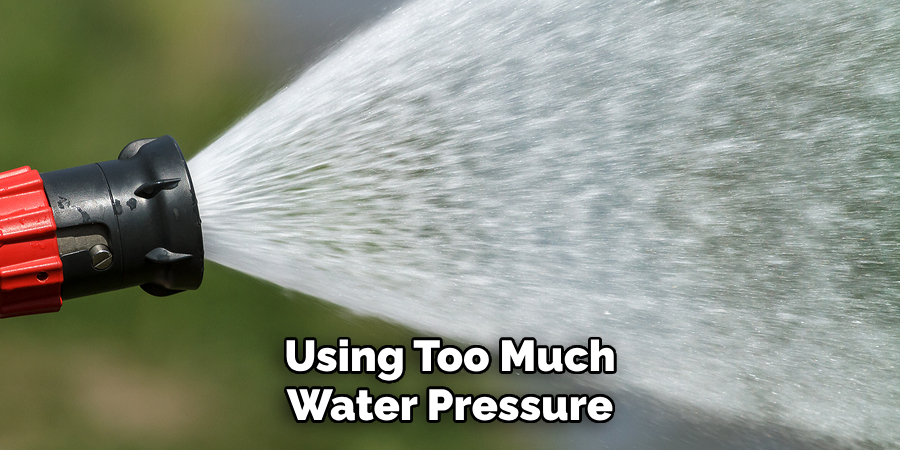
Conclusion
Cleaning a well pump is a simple but essential maintenance task that should be performed regularly. Following the steps outlined in this blog post, you can clean and maintain your well pump, ensuring it delivers clean, fresh water to your home. Remember, if you have any concerns about your well pump’s maintenance or cleaning, always consult a professional plumber or well-maintenance specialist. Thanks for reading our post about how to clean a well pump.

